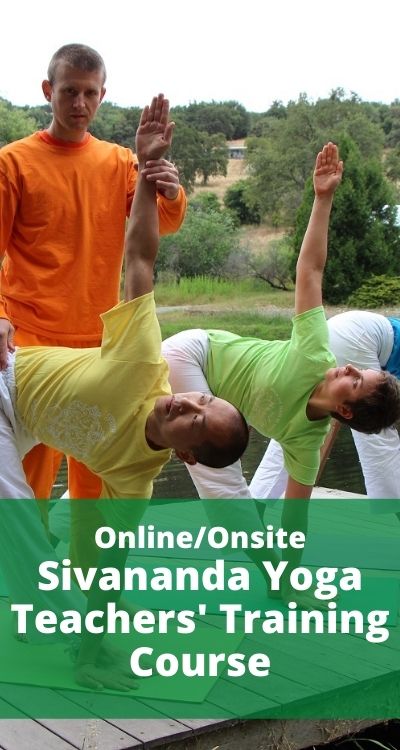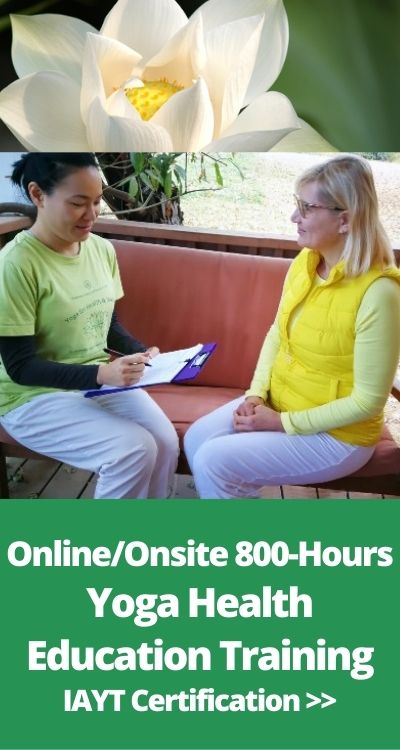Our culture is confused about addiction on all levels,and it’s important to recognize ways in which Yoga and Ayurveda balance the current medical system. Allopathic physicians are excellent for diagnosing and treating many illnesses, but due to the constraints of short visits, and the intense but specialized training, they’re often unable to meet the complex, socio-emotional, psychological and physical needs of someone with addiction problems. Additionally, because the medicine they prescribe is pharmaceutical, it may play into an addict’s desire to self-medicate away his or her sorrows.
The Ayurvedic doctor, Robert Svoboda, talks about “inflated ahamkara energy . . . a disease of the ahamkara,” the ego, needing to feel inflated individuality. Addictions are rooted in the ego. In this world there are threats, people feel fear, anxiety and instability—so it’s understandable that they’d want to feel stronger, more stable or more powerful. We attach ourselves to that which gives us a sense of power: work, relationships, alcohol, sex, drugs or eating disorders. While our addictions may work in the short term, they’re destructive in the long term.
Eventually addictions destroy our relationship to health, to self, society and spirituality. Addictions are tamasic, or heavy. The tamasic nature of addictions cuts people off from all of their intense emotions and fears. What is created in tamas is a shell of protection. We need to also understand that tamasic states are rooted in rajas, or passion, action and intensity. I describe rajas as “light on, light off.” That is, you have awareness, then you forget and then you remember again. In America, the way we live exacerbates rajas because our society is hyper-speed along with hyper-stimulation. We’re always asked to do more and more. It’s like living with a flickering strobe light.
It feels so painful to live like this and many people just crave to turn it off. They voluntarily turn to tamas, to their addictions, to allay the suffering. Individuals may choose stagnation/inertia because that enables them to numb their unbearable feelings of vulnerability, lack of safety or self-rejection. People in our society have a lot of low-level addictive behavior that goes unnoticed: food issues, relationship challenges, excessive television watching, compulsive shopping.
This provides a clue to the universal root of all addictions—the fact that we have externalized an inner spiritual need; an easy path to take in our society of overconsumption and hyper-sensory stimulation. In this 21st century, we can consider the view of the addict as a seeker, someone who is inherently trying to transcend the mundane. In Overcoming Addictions, Dr. Deepak Chopra describes the problem as, “Self-destructive outlets for an unrecognized spiritual craving.” So, we need to get to the root cause of addictions.


